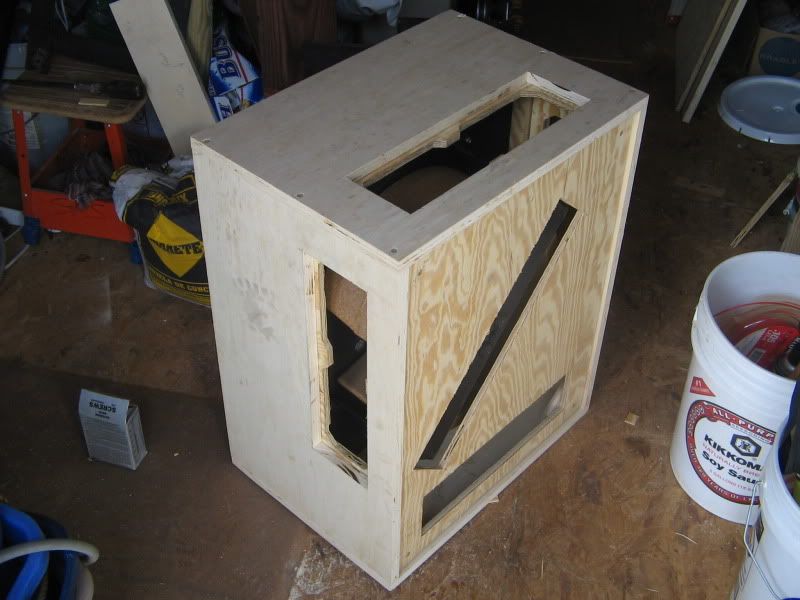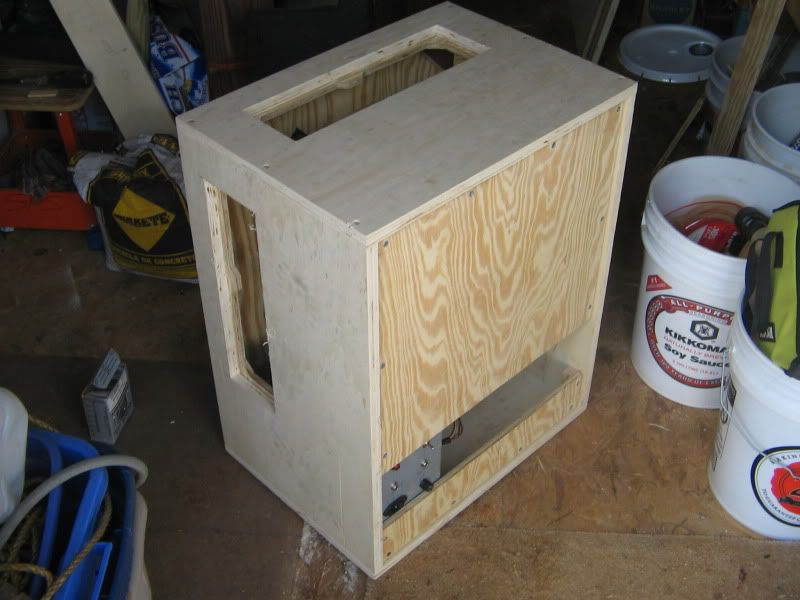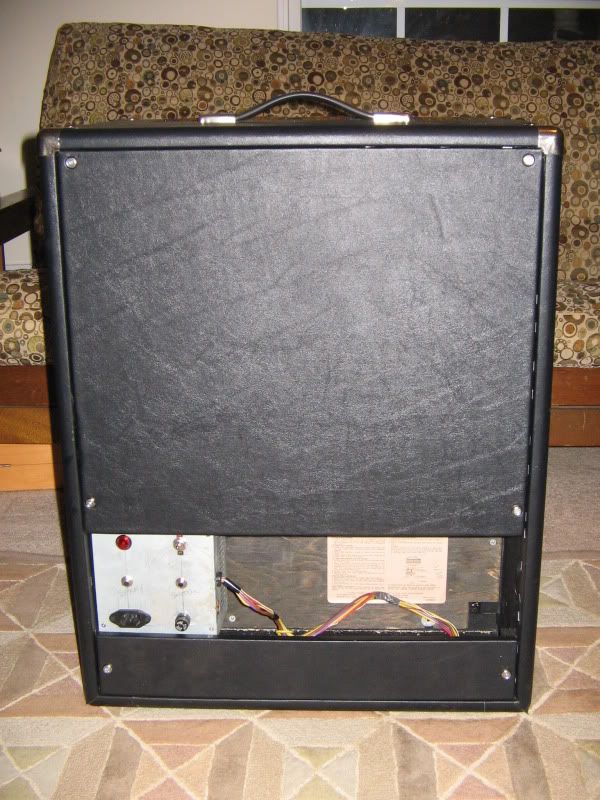I've been reading up on "back-EMF" and studying the methods of protection. It looks to me that the capacitors and resistors (labeled A,B,C,D) between relay 1 and the motors are the back-EMF protection. In that case, since relay 1 is between relay 2 and the motors, does relay 2 need protection as well?
I also read quite a bit about the need for protection from back-EMF on the control side of the relays. This would, in my case, be protecting my stomp switches from the back-EMF produced by the relay coils. This was the reason that I originally drew a diode across the control side of relay 2. I suppose if I were going to do that, I'd want a diode at relay 1 as well.
Also, I've learned an interesting thing about wall warts, just because it's labeled 9V, doesn't mean that's what you'll get:
Zoom ac adapter- stated:9V 300mA measured: 13.07V
R.Shack ac adapter- stated 9V 150mA measured: 15.09V
The output voltage of each drops when under load, but never comes close to 9V in my device. I'm not really sure how to deal with this. Maybe I should look for a lower rated transformer and see if it comes closer to an actual 9V?
I also read quite a bit about the need for protection from back-EMF on the control side of the relays. This would, in my case, be protecting my stomp switches from the back-EMF produced by the relay coils. This was the reason that I originally drew a diode across the control side of relay 2. I suppose if I were going to do that, I'd want a diode at relay 1 as well.
Also, I've learned an interesting thing about wall warts, just because it's labeled 9V, doesn't mean that's what you'll get:
Zoom ac adapter- stated:9V 300mA measured: 13.07V
R.Shack ac adapter- stated 9V 150mA measured: 15.09V
The output voltage of each drops when under load, but never comes close to 9V in my device. I'm not really sure how to deal with this. Maybe I should look for a lower rated transformer and see if it comes closer to an actual 9V?









Comment